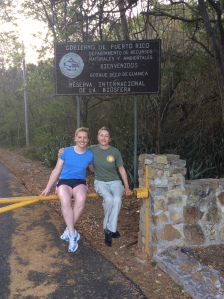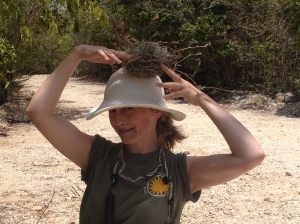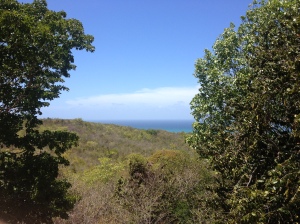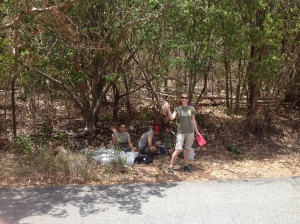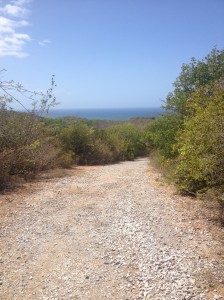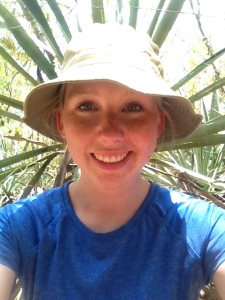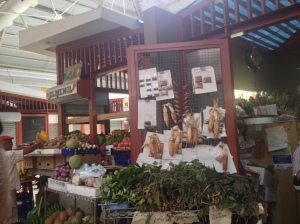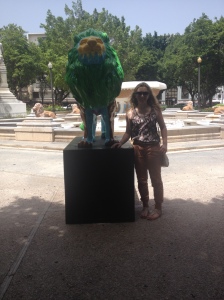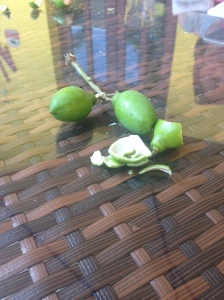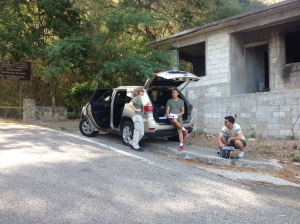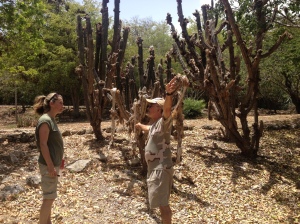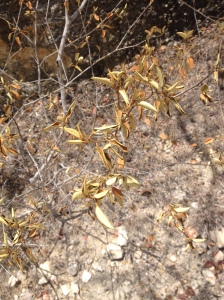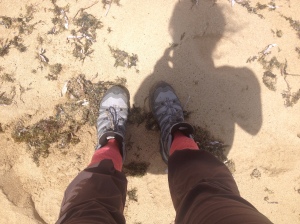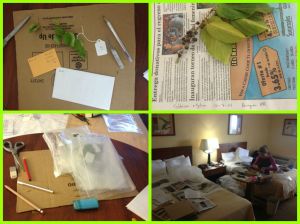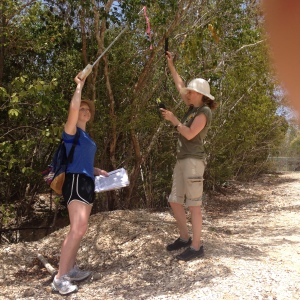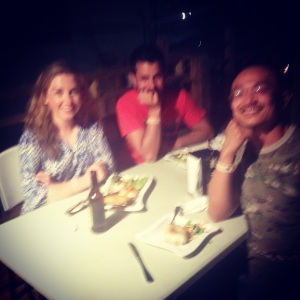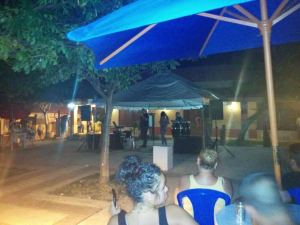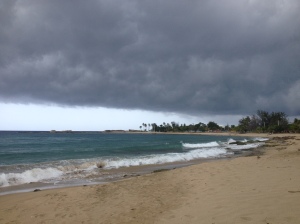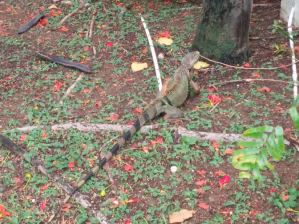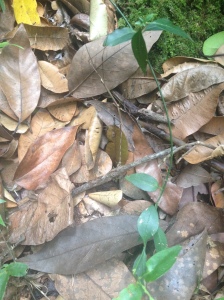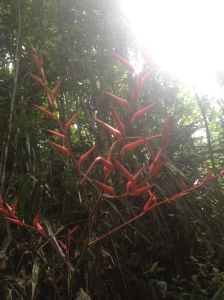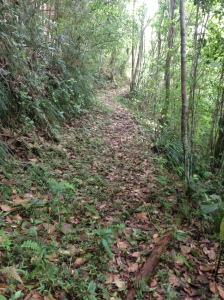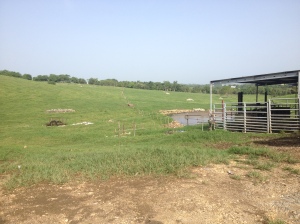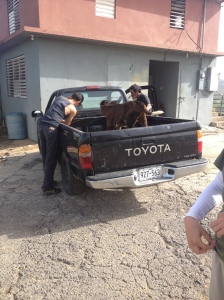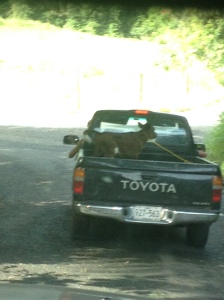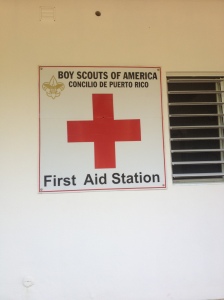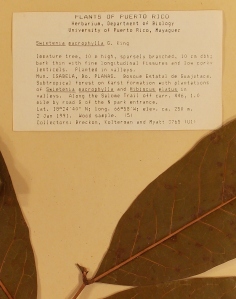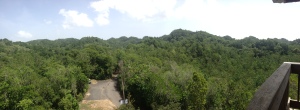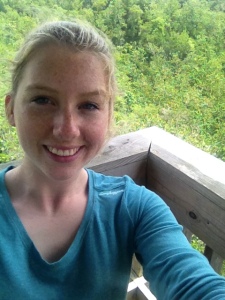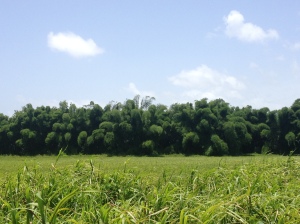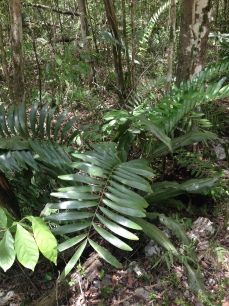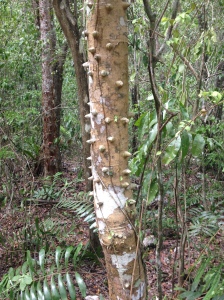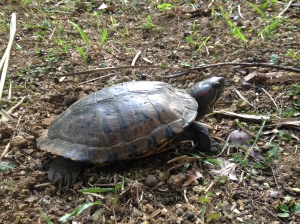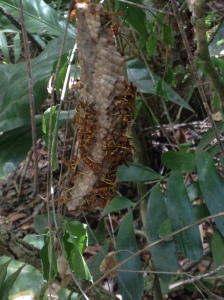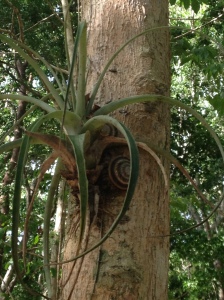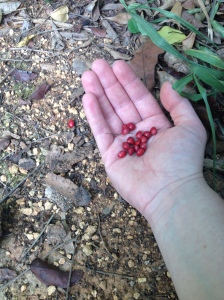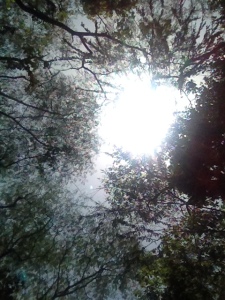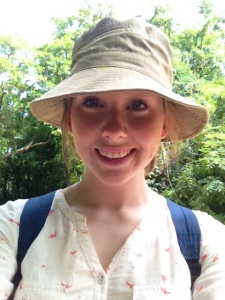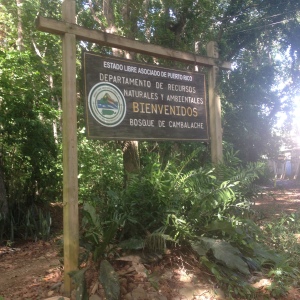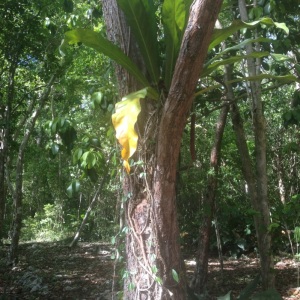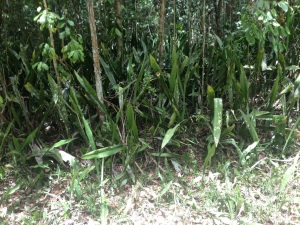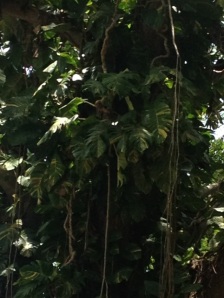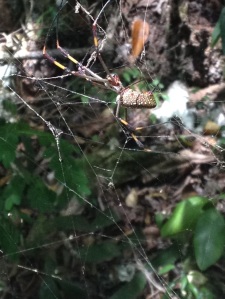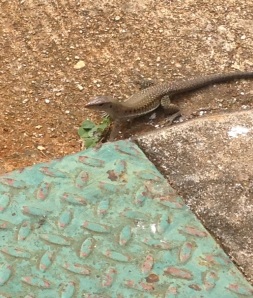Soo, our last day of fieldwork has come and gone! I have taken my last measurements on my Puerto Rican adventure! Although this last site has definitely been the toughest and myself and Michelle were both delighted to finish up yesterday after a tough week, it does sadly mark the end of what has been a very enjoyable and eventful internship! I have had an amazing experience here helping the guys, I’ve learned more than I ever thought I would and have honestly enjoyed every minute of it! I’ve experienced what doing fieldwork is all about and met some interesting characters along the way! I have also had the best time with Michelle, Wuu Kuang and Harry and am so grateful for everything they have taught me on this internship! I couldn’t have asked for better group to be working with!
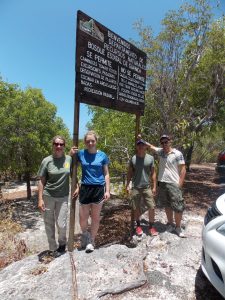
The vast amount and diversity of knowledge I have picked up is incredible! Both in the field and out!!
We were laughing one evening about all of the random Spanish words and plant names that we have used pretty much constantly on this trip and that we would always associate with Puerto Rico! Words like, Coccoloba (one of the trees we have been measuring!), tostones (pieces of fried plantain!), Gonzalagunia (another plant we have been measuring!), mofongo (another fried plantain dish!) among others!! After hearing this popular summer hit it makes me think we could definitely make our own Puerto Rican version with all these characteristic words! 🙂
On a serious note though I now realise how much work goes into organising fieldwork especially abroad! I have seen how important it is to be organised so that everything runs smoothly, from the research into the site before travelling to organising the equipment to the data recording in the field! I have learned how to take measurements with a ceptometer, porometer and a hygrometer! There are so many different factors to take into account when doing this kind of field work! For example in the case of three of the sites on this trip because they were experiencing severe drought the plant conductance’s were very low. Factors such as moisture and light are very important to consider when examining the performance of plants as different situations can produce different responses!
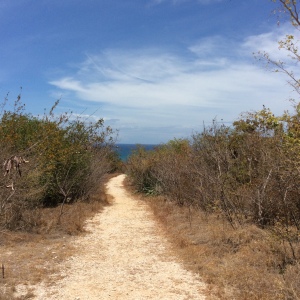
Another important lesson I have learned is never to underestimate the threat of the mosquito! I made this mistake, thinking I was invincible with no bites in the first week, but by the end of the second week I had been the victim of numerous attacks!! Lets just say there was some intense itching and I have fallen in love with mosquito repellent now!
I’ve had the chance to experience some real Puerto Rican culture also! From the food to the music and dancing! The classic Puerto Rican side of fried plantain tostones has become a favourite of ours and I’ve also tried some delicious fresh fish from the island like red snapper and grouper! Wuu Kuang has been the most adventurous of us all and has even tried mofongo which is also a very traditional dish of fried mashed green plantain. I had the not so pleasant experience of ordering what I didn’t know was actually a gizzard and plantain stew for lunch one day!! Really not my cup of tea but the boys loved it surprisingly enough!!
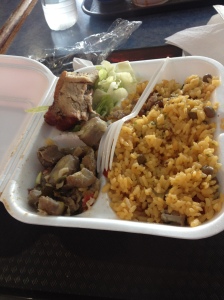
We visited a lovely beach on our day off last week, there were many Puerto Ricans who had set up for the day with their barbeques and music!
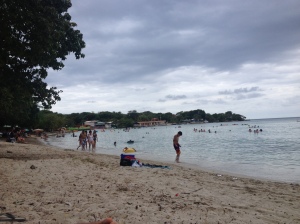
We have a couple of days now to put the last few bits of data together and relax before we fly home! This trip has definitely exceeded all my expectations, I’m not sure what I expected but this has been really amazing! I’m grateful to have made three good friends in Michelle, Wuu Kuang and Harry, to have visited this amazing Island and of course to have learned so much during the fieldwork!! It’s been a trip to remember and a great experience to reflect on when thinking about choosing my path after college! Plenty of memories and stories for everyone at home! One think I won’t mind getting home to is the Irish weather and some relief from this heat (never thought I would say that!)!
Bye for now! 🙂
